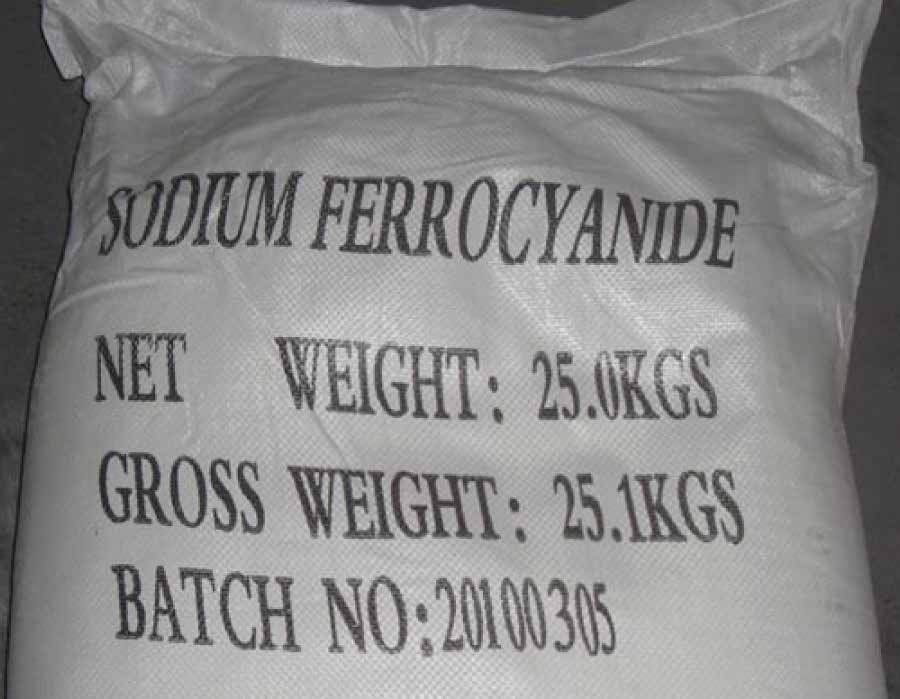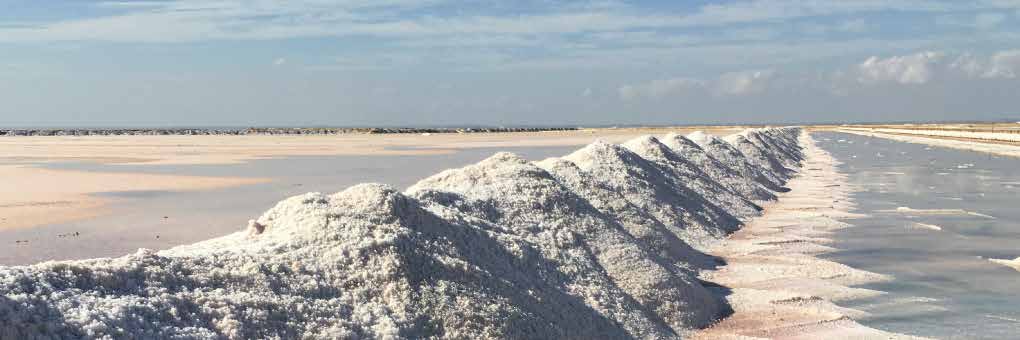
GSC Salt is extracted in a natural, ecological and sustainable way by the evaporation of the water collected in the salt marshes and pumped into salt basins. Under the combined action of the wind and the sun, a crust of salt occurs after a certain time called crystallization and then harvested mechanically. The harvested salt being granular, raw and natural, a second phase of treatment is started with washing, spinning and drying if necessary, natural draining, screening
and control.
Ben Yaghlane Group rely on modern industrial facilities, a team of experienced and highly qualified professionals as well as favourable natural conditions to produce its salt.
Our manufacturing process is based on strict internal controls throughout its various phases, from pumping water to the basins to washing, screening and controlling, guaranteeing the highest level of quality.
1. WATER PUMPING INTO SALT BASINS
During the months of November to June, the water in the salt marshes (Sebkhat Sidi El Hani in Sousse and Chott el-Jérid in Tozeur) is pumped into shallow stone basins called crystallizers. The two saltworks now have
35OHa of basins.
Water is conveyed to the basins with brine pumps and released when the harvest begins.
Particular attention is paid to the cleanliness of the production units, specially to the basins, to minimize pollution or contamination risks.
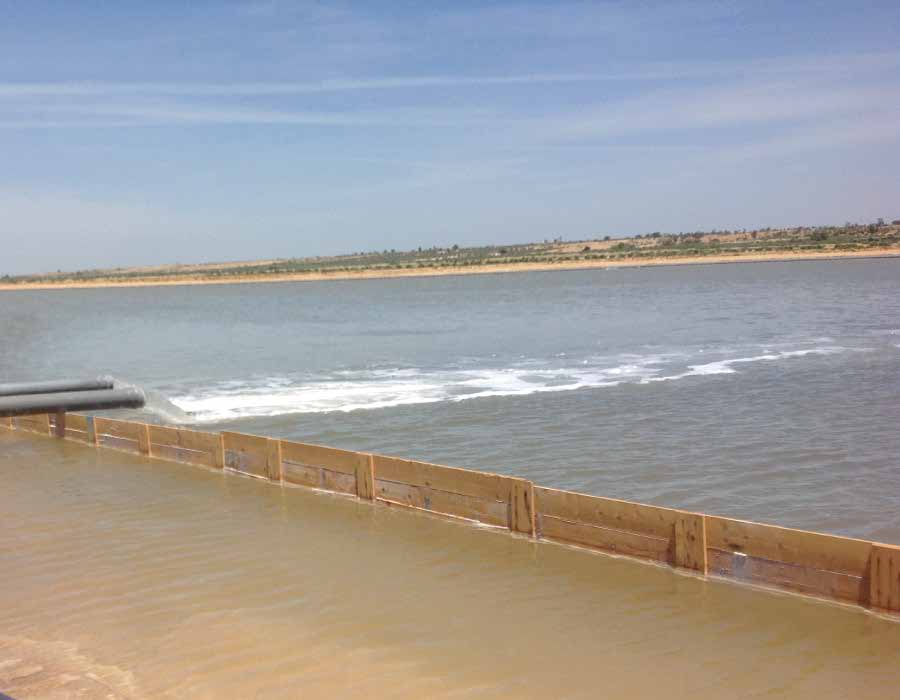
2. SALT CRYSTALLIZATION & HARVESTING
The crystallization of the salt contained in the basins’ water occurs by evaporation of the water under wind and sun action.
As the concentration of dissolved salts increases reaching saturation (summer period), the volume of the solution decreases and its density increases. The salts thus precipitate and crystallize. The density of the solution is regularly checked using a Baumé aerometer.
At 28° Be, the salt is harvested by a mechanical system preserving its original chemical composition and its natural appearance.
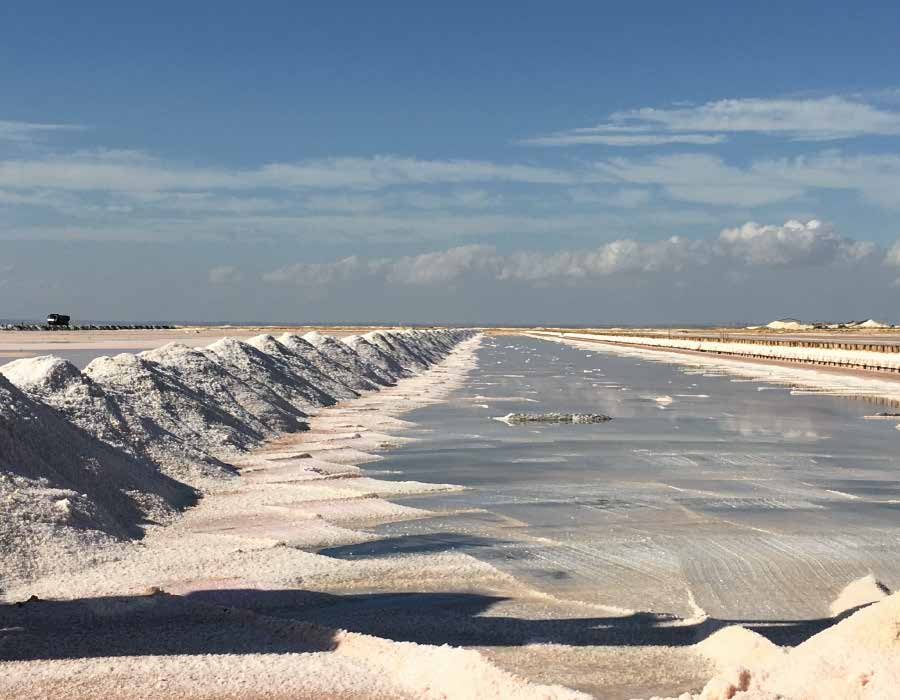
3. SALT WASHING
The harvested salt is conveyed to the washing station to be rinsed.
Salt washing eliminates the insolubles, lowering its content of secondary salts (calcium and magnesium) and improving its purity. This phase is extremely important to meet the specifications irequired in applications such as the chemical industry.
A very powerful system made up of a large hopper, hydraulic pumps and a high capacity mobile belt conveyor allows the washed salt to be arranged in 21m high cone-shaped piles for natural drainage.
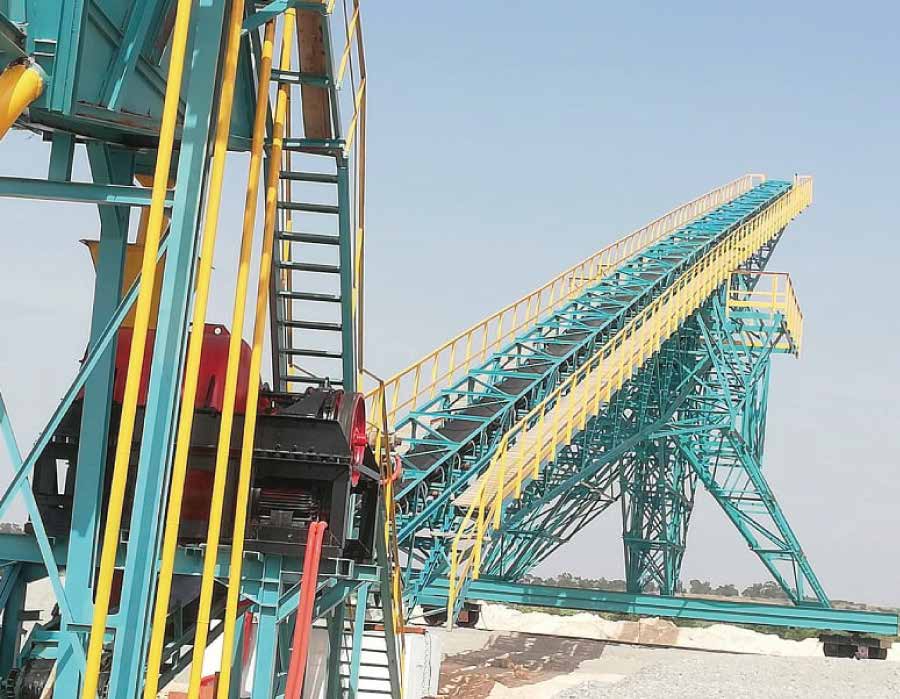
4. SALT SPINNING AND DRYING
For some applications such as the pharmaceutical industry and food grade salt and upon customers’ specific request, the salt is is spinned and/or dried which reduce considerably moisture rate as well as the grain size.
Spinning is carried out using a centrifugal system (worm screen centrifuge). Drying is useful for decreasing salt moisture from 3% to about O.2%. In a Fluid Bed Dryer, salt is exposed to a strong stream of warm air and dries at a temperature of 2 OO ° C.
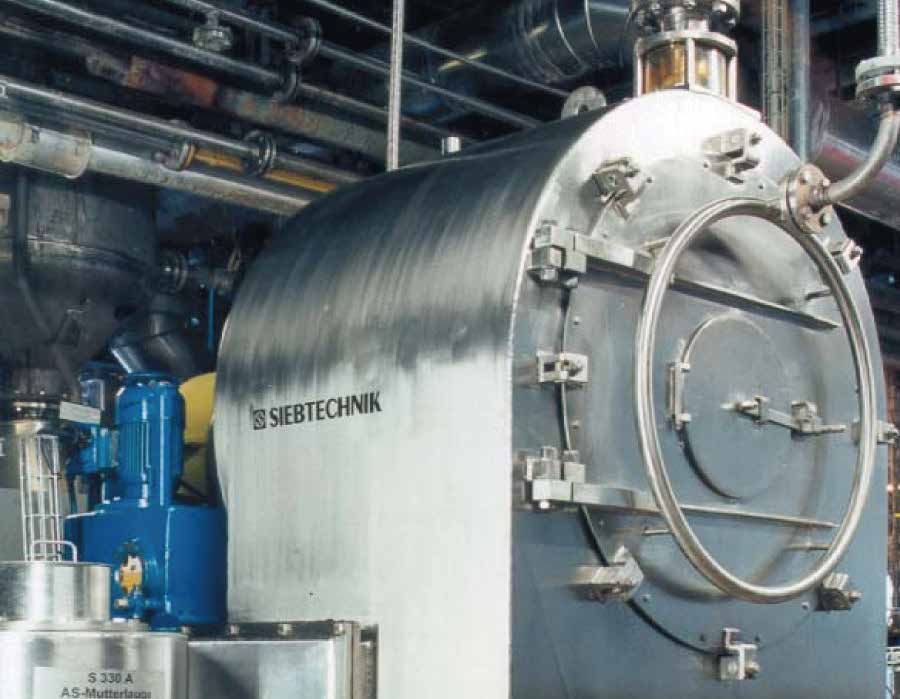
5. SALT SCREENING
The screening process allows salts’ classification with the greatest precision, according to their grain size. Thanks to the Powerscreen® mobile screen developped for very large volumes of salt, our screening capacity reaches 15O tonnes per hour. The 3 decks and the large hopper allow salts separation and classification with unequaled precision at high performance.
This sophisticated equipment allows us to respond effectively to bespoke requests of customers with very rigorous grain size requirements.
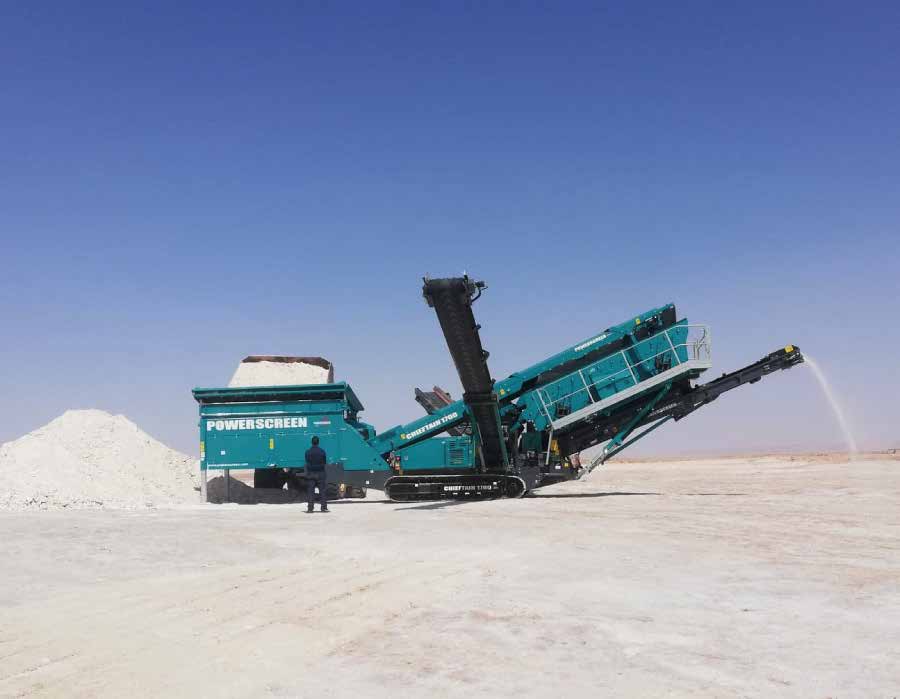
6. STORAGE AND QUALITY CONTROL
The washed and naturally drained salt is conveyed to a storage area. The piles are stowed to ensure their traceability (by basin).
As the control is carried out at all phases of production to guarantee a salt quality going beyond international standards, we conduct a thorough analysis of the stock to check sodium chloride content, moisture rate, content of secondary salts (magnesium, potassium, calcium and sulfate), content of insolubles and grain classification.
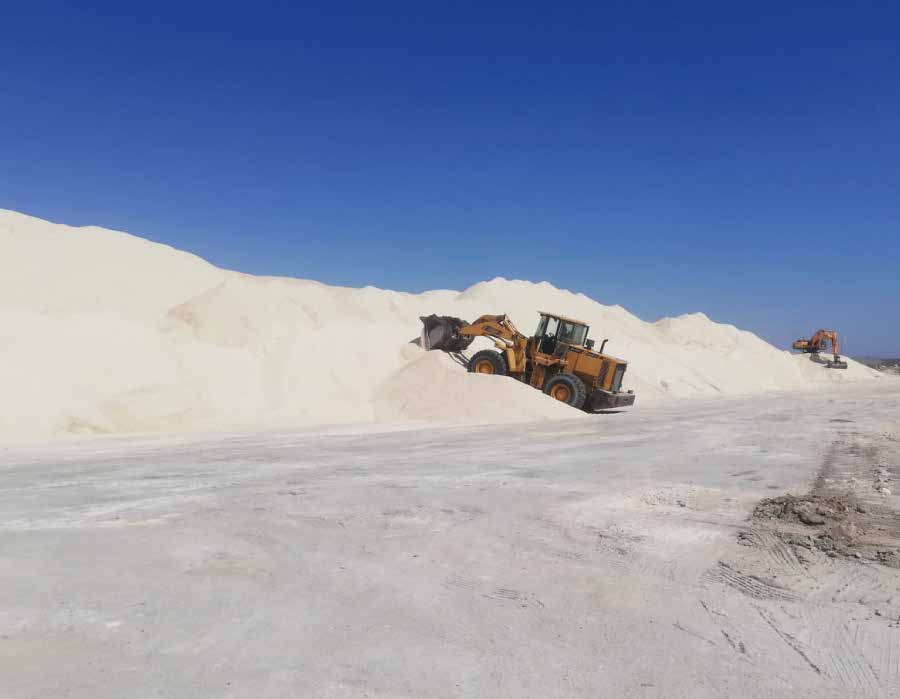
7. ADDITIVES AND IODIZATION
Depending on application, salt may require additional treatment.
Anti-caking agents such as ferocyanide can be added to prevent the formation of lumps in salt.
Food grade salt is fortified with iodine in order to prevent goiter (enlarged thyroid gland). It is then controlled to check its iodine content.
